1)Chopra, Ram Nath, Sham L. Nayar, and Ishwar C. Chopra. Glossary of Indian medicinal plants. Vol. 1. New Delhi: Council of Scientific & Industrial Research, 1956.
2)Alagesaboopathi, C. “Ethnomedicinal plants and their utilization by villagers in Kumaragiri hills of Salem district of Tamilnadu, India.” African Journal of Traditional, Complementary and Alternative Medicines 6.3 (2009).
3)Willcox, Merlin L., et al. “Argemone mexicana decoction for the treatment of uncomplicated falciparum malaria.” Transactions of the Royal Society of Tropical Medicine and Hygiene 101.12 (2007): 1190-1198.
4)Biblioteca Digital de la Medicina Tradicional Mexicana. Atlas de las plantas de la medicina tradicional mexicana, chicalote, argemone mexicana l., papaveraceae. Internet, 2009
5)Schlotterbeck, J. O. “DOES “ARGEMONE MEXICANA” CONTAIN MORPHINE?.” Journal of the American Chemical Society 24.3 (1902): 238-242.
6)Capasso, A., et al. “Isoquinoline Alkaloids from Argemone mexicana Reduce Morphine Withdrawal in Guinea Pig Isolated lleum.” Planta medica 63.04 (1997): 326-328.
7)Anarthe, Sneha, and Sanjay Chaudhari. “Neuropharmacological study of Argemone mexicana Linn.” Journal of Applied Pharmaceutical Science 1.4 (2011): 121.
8)Arcos-Martínez, Aideé Itzel, et al. “Anxiolytic-like effect of ethanolic extract of Argemone mexicana and its alkaloids in Wistar rats.” Avicenna journal of phytomedicine 6.4 (2016): 476.
9)Asuntha, G., et al. “Effect of Argemone mexicana (L.) against lithium-pilocarpine induced status epilepticus and oxidative stress in Wistar rats.” (2015).
10)Páez-Sánchez, Elna, Gabriela Fernández-Saavedra, and Gil Alfonso Magos. “Vasoconstrictor and vasorelaxant effects of a methanolic extract from Argemone mexicana Linn (Papaveraceae) in rat aortic rings.” PROCEEDINGS-WESTERN PHARMACOLOGY SOCIETY. Vol. 49. [Western Pharmacology Society]; 1998, 2006.
11)Ibrahim, H. A., et al. “Analgesic and Anti-Inflammatory Studies on The Roots Argemone Mexicana Linn (FAMILY: PAPAVERACEAE).” J Pharm Biol Sci 11.3 (2016): 92-5.
12)Vaghasiya, Yogeshkumar K., et al. “Antimicrobial and anti-inflammatory screening of four Indian medicinal plants.” Latin American Journal of Pharmacy 30 (2011).
13)Goel, A., Kumar, D., & Bhatia, A. K. (2008). Modulation of immune responses by aqueous extract of Argemone mexicana leaves. Journal of Immunology and Immunopathology, 10(1), 65-69.
14)kanta Sahoo, N. Mohammad Gayoor khan, Umama Yezdani. Combined Studies on Aloe Vera and Argemone mexicana for the Management of Psoriasis. J Clin Rev Case Rep, 5(3), 117.
15)Khan, Mohammad Gayoor, et al. “Monika Sekar Ethnopharmacological Studies of Argemone Mexicana for the Management of Psoriasis Followed By Molecular Techniques: Focus on Plant Metabolomics & Mechanism of Action.” International Journal of Basic Sciences and Applied Computing (IJBSAC) ISSN.
16)Bhalke, R. D., Y. P. Mandole, and N. B. Mali. “Phytochemical investigation and effect of various extracts of Argemone mexicana (Papaveraceae) leaves onclonidine and haloperidol-induced catalepsy in mice.” Journal of Pharmacy Research 2.4 (2009): 765-767.
17)Dash, G. K., and P. N. Murthy. “Evaluation of Argemone mexicana Linn. Leaves for wound healing activity.” J Nat Prod Plant Resour 1.1 (2011): 46-56.
18)Fatima, Sumia, et al. “Evaluation of anti-ulcer activity of 70% hydro-ethanolic leaf extract of Argemone mexicana Linn. in experimental rats.” IOSR J Pharm 6.4 (2016): 41-50.
19)Das, Prabhat, et al. “Pharmacological efficacy of argemone mexicana plant extract, against cysteamine-induced duodenal ulceration in rats.” Indian journal of medical sciences 65.3 (2011): 92.
20)More, Nilesh V., and Arun S. Kharat. “Antifungal and Anticancer Potential of Argemone mexicana L.” Medicines 3.4 (2016): 28.
21)Datkhile, Kailas D., et al. “Studies on phytoconstituents, In vitro antioxidant, antibacterial, and cytotoxicity potential of Argemone mexicana Linn.(Family: Papaveraceae).” Journal of Natural Science, Biology and Medicine 11.2 (2020): 198.
22)Pérez Gil, Rita M., et al. “Actividad antitumoral de una mezcla de polisacáridos obtenida de la especie Argemone mexicana L.” Revista Cubana de Plantas Medicinales 10.3-4 (2005): 0-0.
23)Duhan, Joginder Singh, Manju Bhardwaj, and S. Surekha. “Free radical-scavenging and antimutagenic potential of acetone, chloroform and methanol extracts of fruits of Argemone mexicana.” African Journal of Biotechnology 10.43 (2011): 8654-8661.
24)Nayak, Praveen Singh, Durga Madhab Kar, and Shweta P. Nayak. “Antidiabetic activity and modulation of antioxidant status by fractions of Argemone mexicana in alloxan induced diabetic rats.” International Journal of Green Pharmacy (IJGP) 6.4 (2012).
25)Rout, S. P., D. M. Kar, and P. K. Mandal. “Hypoglycaemic activity of aerial parts of Argemone mexicana L. in experimental rat models.” Int J Pharm Pharmaceut Sci 3 (2011): 533-540.
26)Marimuthu, M., R. Manikandan, and M. Surendra Varma. “Antidiabetic and Antioxidant Properties of Argemone Mexicana Flower Extract Studied in Streptozotocin Induced Diabetic Rats.”
27)Gupta, Sakshi, Nirmal Singh, and Amteshwar Singh Jaggi. “Evaluation of in vitro aldose reductase inhibitory potential of alkaloidal fractions of Piper nigrum, Murraya koenigii, Argemone mexicana, and Nelumbo nucifera.” Journal of basic and clinical physiology and pharmacology 25.2 (2014): 255-265.
28)Adam, S. I. Y., et al. “Evaluation of hepatoprotective activity of Argemone mexicana aerial Part Extracts on CCL_4 induced liver damage in wistar rats.” British Journal of Pharmacology and Toxicology 2.5 (2011): 251-256.
29)Sourabié, T. S., et al. “Evaluation of the antihepatotoxic effect of Argemone mexicana leaf extracts against CCl4-induced hepatic injury in rats.” International Journal of Biological and Chemical Sciences 3.6 (2009).
31)Pingale, S. S., Pokharkar, R. D., & Pingale, M. S. (2008). Effect of Argemone mexicana L. root bark on evaluation of Hepatoprotective action in rats. Pharmacologyonline, 1, 13-19.
32)Kiran Chilivery, Ravi, Sangilimuthu Alagar, and Teepica P Darsini. “In Vitro Anti-Urolithiasis Potentials of Argemone mexicana L. Leaves.” Current clinical pharmacology 11.4 (2016): 286-290.
31)Savithramma, N., Ch Sulochana, and K. N. Rao. “Ethnobotanical survey of plants used to treat asthma in Andhra Pradesh, India.” Journal of Ethnopharmacology 113.1 (2007): 54-61.
33)Bhalke, R. D., and S. A. Gosavi. “Anti-stress and antiallergic effect of Argemone mexicana stems in asthma.” Arch Pharm Sci Res 1.2 (2009): 127-129.
34)Sabde, Sudeep, et al. “Anti-HIV activity of Indian medicinal plants.” Journal of natural medicines 65.3-4 (2011): 662-669.
35)Chang, Yuh-Chwen, et al. “Two new protopines argemexicaines A and B and the anti-HIV alkaloid 6-acetonyldihydrochelerythrine from formosan Argemone mexicana.” Planta medica 69.02 (2003): 148-152.
36)Bapna, Saroj, et al. “Antiplasmodial activity of Argemone mexicana: an in vivo and in vitro study.” World J. Pharm. Res 4 (2015): 1653-1663.
37)Bhattacharjee, Indranil, et al. “Antibacterial potentiality of Argemone mexicana solvent extracts against some pathogenic bacteria.” Memórias do Instituto Oswaldo Cruz 101.6 (2006): 645-648.
38)Saranya, M. S., T. Arun, and P. Iyappan. “Invitro antibacterial activity and preliminary phytochemical analysis of leaf extracts of Argemone Mexicana Linn–A medicinal plant.” Int J Curr Pharm Res 4.3 (2012): 85-87.
39)Arokiyaraj, S., et al. “Enhanced antibacterial activity of iron oxide magnetic nanoparticles treated with Argemone mexicana L. leaf extract: an in vitro study.” Materials Research Bulletin 48.9 (2013): 3323-3327.
40)Bhattacharjee, Indranil, Soroj Kumar Chatterjee, and Goutam Chandra. “Isolation and identification of antibacterial components in seed extracts of Argemone mexicana L.(Papaveraceae).” Asian Pacific Journal of Tropical Medicine 3.7 (2010): 547-551.
41)More, Nilesh V., and Arun S. Kharat. “Antifungal and Anticancer Potential of Argemone mexicana L.” Medicines 3.4 (2016): 28.
42)Andleeb, Shahla, et al. “In-vitro antibacterial and antifungal properties of the organic solvent extract of Argemone mexicana L.” Journal of King Saud University-Science (2020).
43)Singh, Sarita, et al. “Antifungal activity of the mixture of quaternary alkaloids isolated from Argemone mexicana against some phytopathogenic fungi.” Archives of Phytopathology and Plant Protection 43.8 (2010): 769-774.
44)Ali, H., Islam, S., Sabiha, S., Rekha, S. B., Nesa, M., & Islam, N. (2017). Lethal action of Argemone mexicana L. extracts against Culex quinquefasciatus Say larvae and Tribolium castaneum (Hbst.) adults. Journal of Pharmacognosy and Phytochemistry, 6(1), 438-441.
45)Ali, H., et al. “Repellent activity of Argemone mexicana L. extracts against Aphis gossypii Glover and Tribolium castaneum (Hbst.) adults.” Journal of Pharmacognosy and Phytochemistry 6.1 (2017): 466-469.
46)Sakthivadivel, M., and D. Thilagavathy. “Larvicidal and chemosterilant activity of the acetone fraction of petroleum ether extract from Argemone mexicana L. seed.” Bioresource technology 89.2 (2003): 213-216.
47)Singh, Sushma, and D. K. Singh. “Effect of molluscicidal components of Abrus precatorius, Argemone mexicana and Nerium indicum on certain biochemical parameters of Lymnaeu acuminata.” Phytotherapy Research 13.3 (1999): 210-213.
48)Verma, S. K., et al. “Argemone mexicana poisoning: autopsy findings of two cases.” Forensic Science International 115.1-2 (2001): 135-141.
49)Steyn, Douw G. “Poisoning with the seeds of Argemone Mexicana (Mexican poppy) in human beings: Indian epidemic dropsy in South Africa.” African Journal of Health Professions Education 24.18 (1950): 333-339.
50)Elfahal, I. A., et al. “Recovery of alkaloids from leaves and seeds of Argemone mexicana.” Planta Medica 77.12 (2011): PA19.
51)Desai, Savitha S., et al. “Phytochemical analysis and antimicrobial activity of extracts from medicinal plant Argemone mexicana Linn.” Proceedings of the Conference on Exploring Basic & Applied Sciences for Next Generation Frontiers (EBAS-2014). 2014.

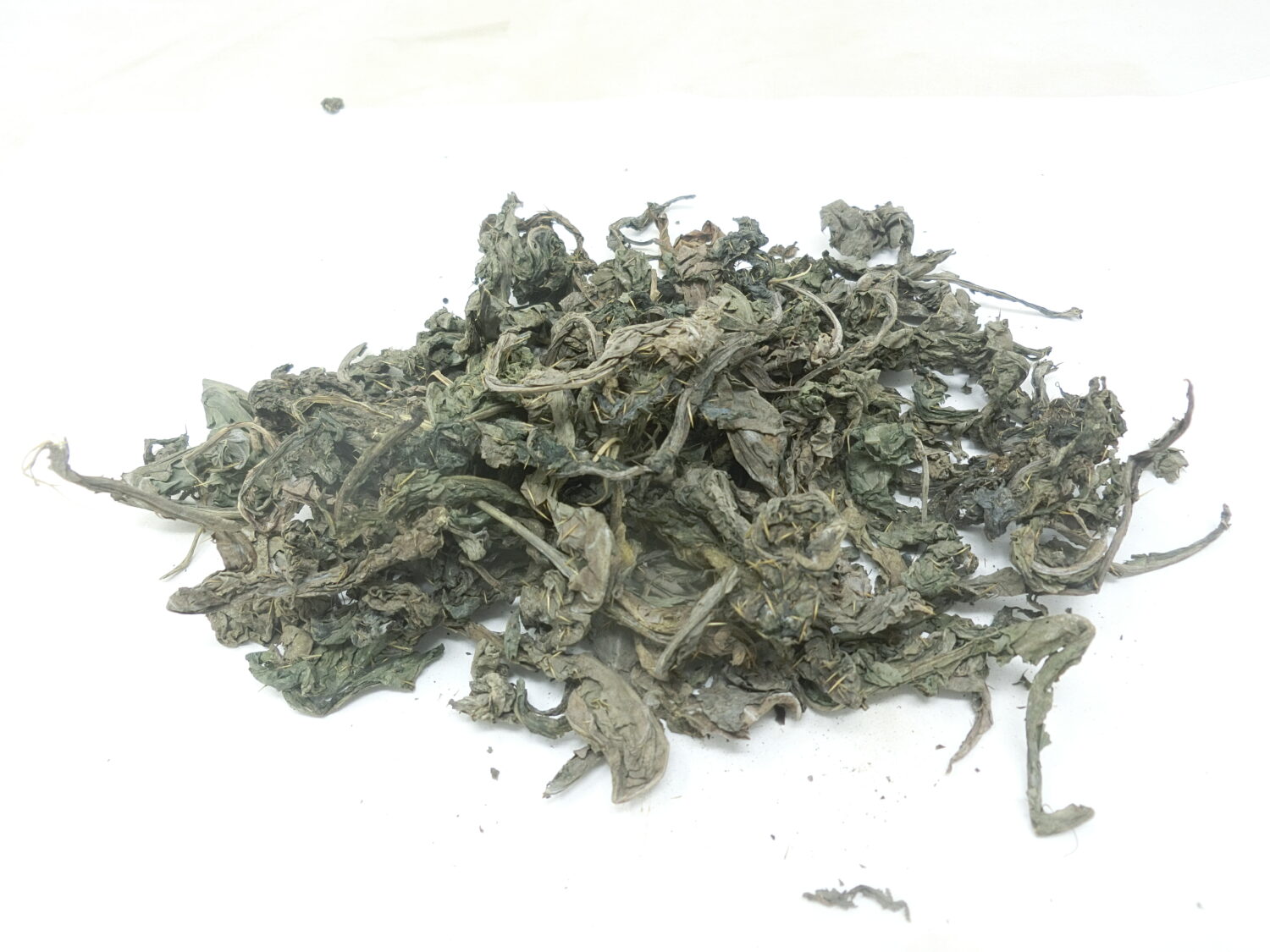
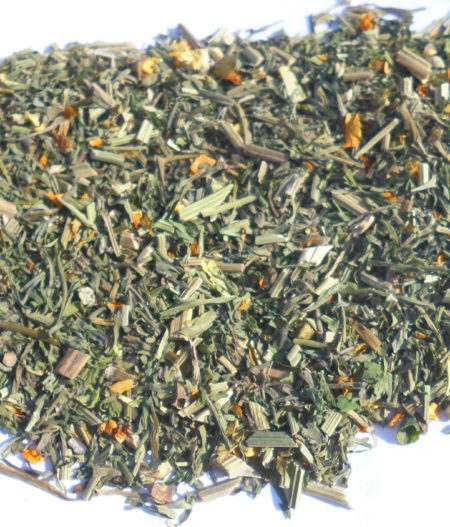
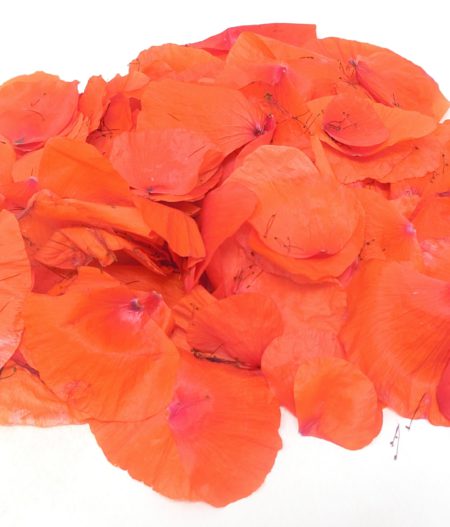
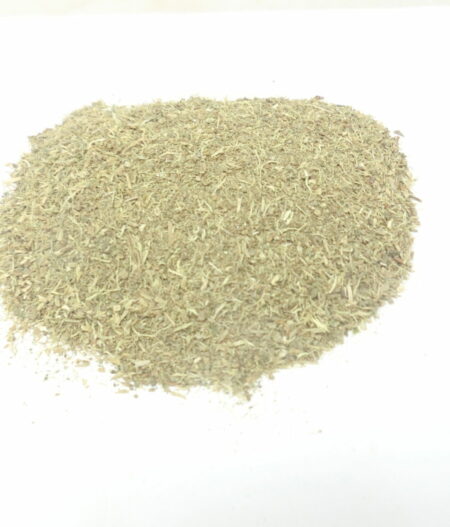
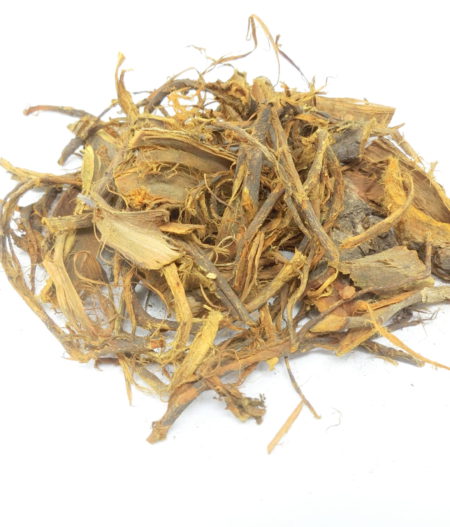
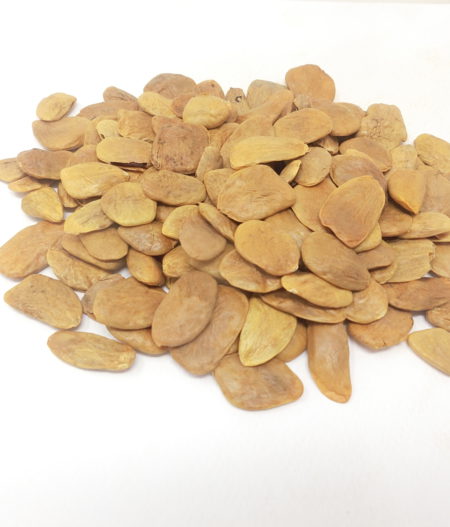
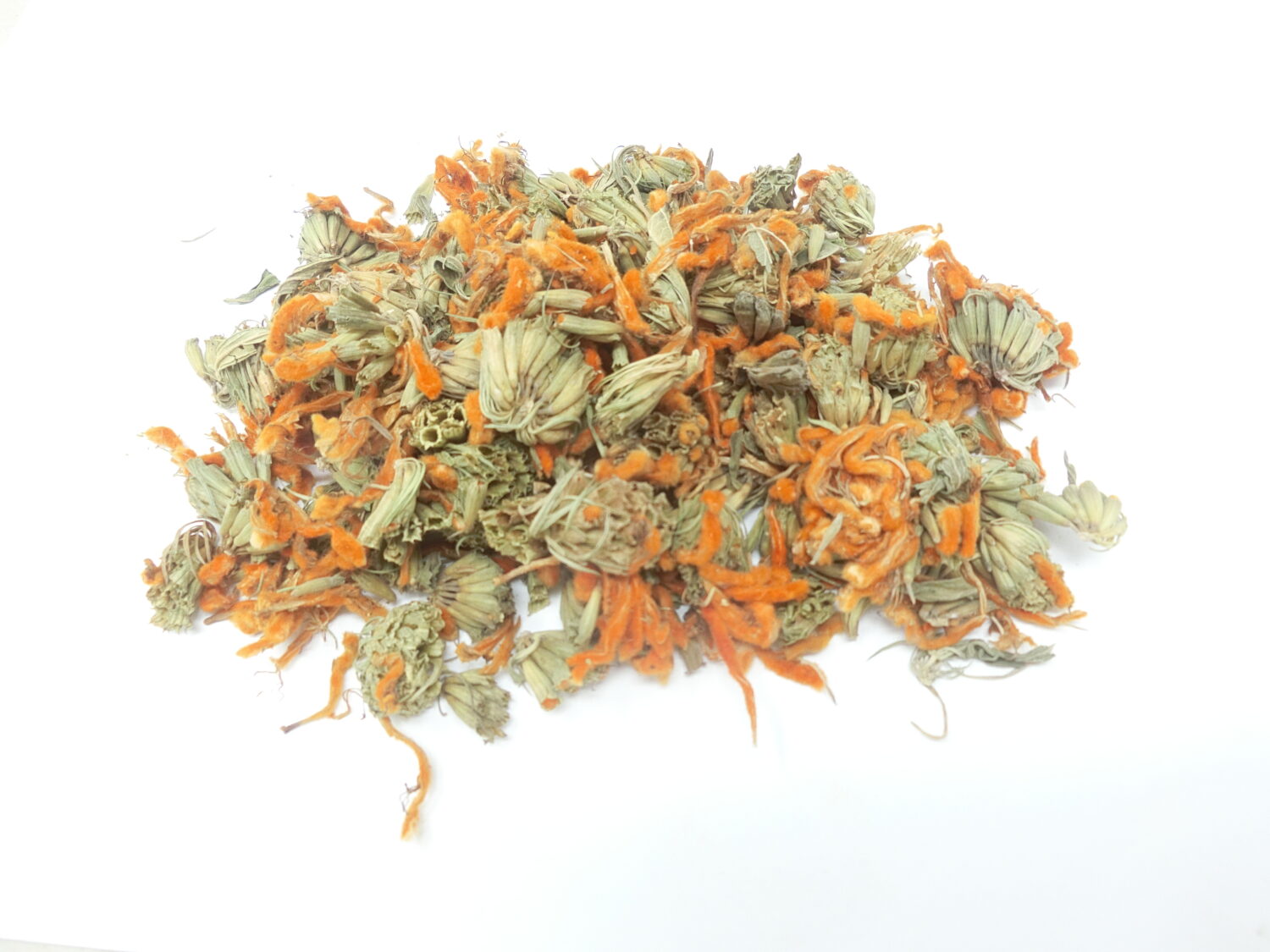
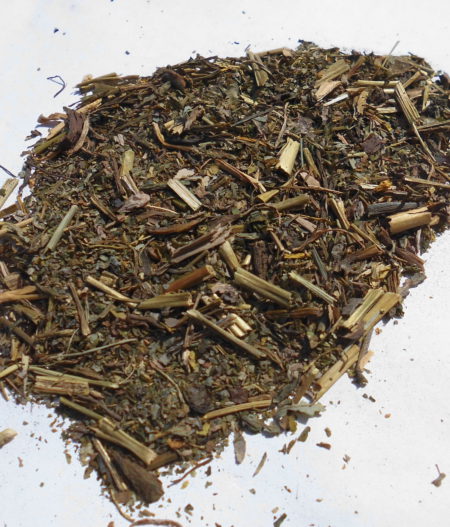
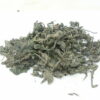
Alfredo –
prodotto di altissima qualità! tutti i semi che ho piantato sono germogliati in poco tempo